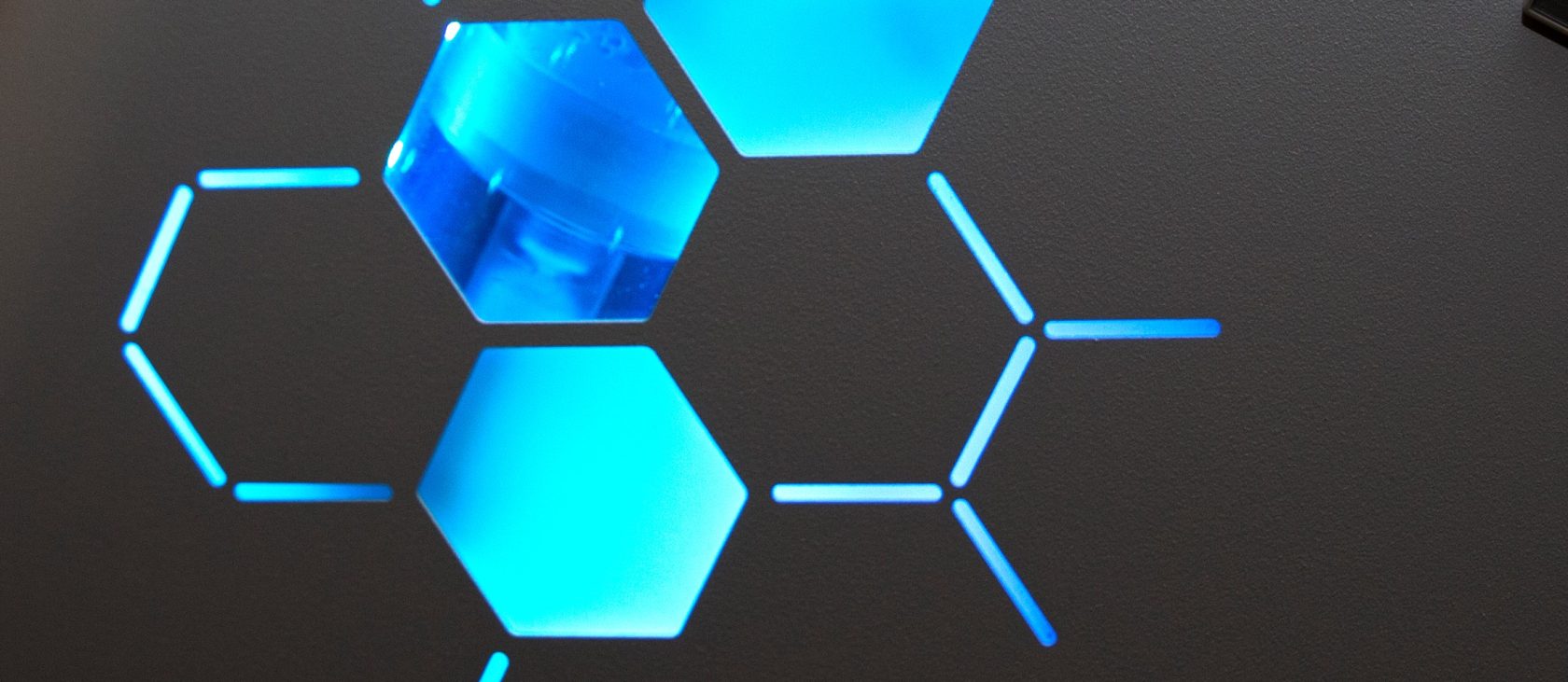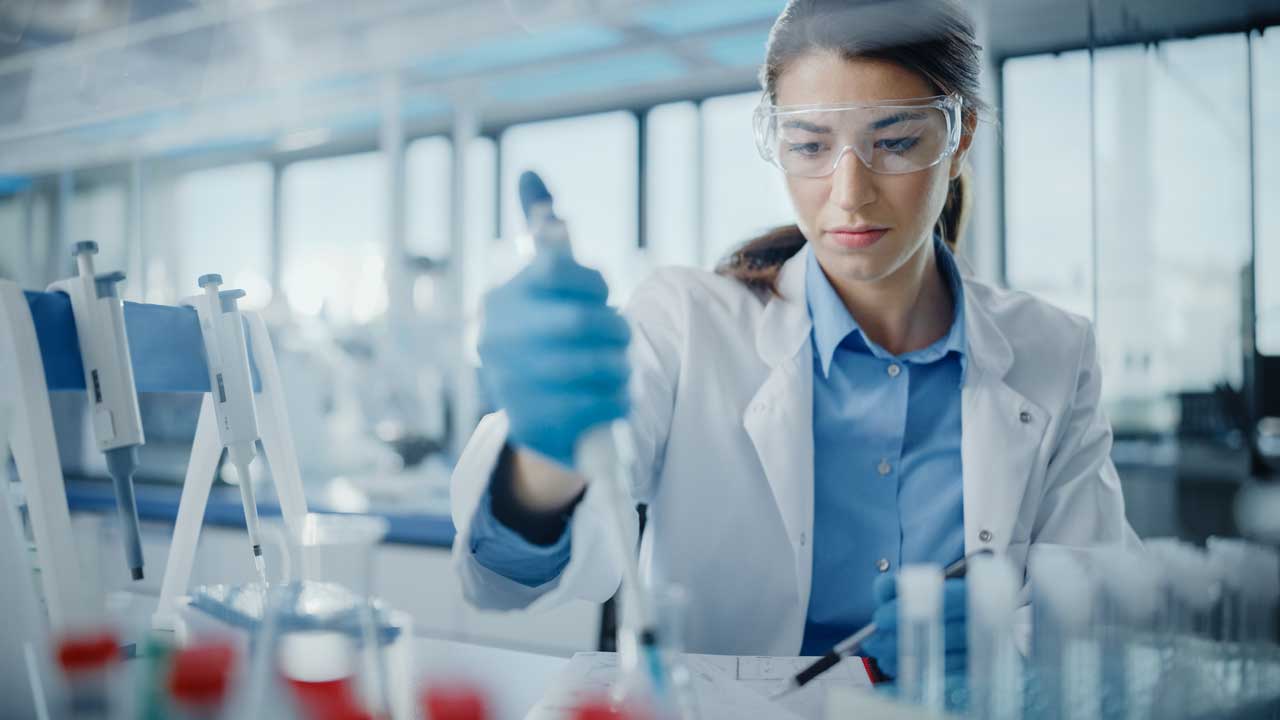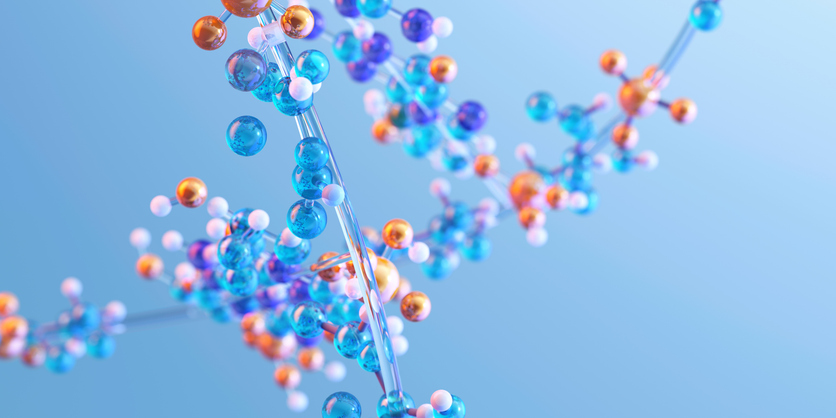
Sublimation, the conversion of a solid directly into a gas, is a scientific phenomenon that you might not think about often but comes up in your daily life more than you might imagine.
Ever use mothballs to keep your clothing protected?
Ever order ice cream online from your favorite shop and have it arrive on buckets of dry ice?
These are examples of sublimation as both involve solid materials converting into the gas phase, skipping the liquid phase entirely. To most people this is a not a noteworthy event: the mothballs keep clothing protected and the dry ice keeps ice cream cold before subliming to carbon dioxide, practically disappearing entirely. But to a chemist, sublimation is more than a simple phase transition; it is a unique way to purify a whole host of chemical compounds.
Methods of Isolating Chemical Compounds
Some of the most prolific purification methods in a chemist’s toolbox are column chromatography and recrystallization. Both are very useful methods for isolating pure compounds for all types of chemicals. Unfortunately, both processes are:
- Labor intensive
- Use tons of solvent
- Produce significant amounts of waste especially on the manufacturing scale
These detriments can often outweigh the benefits. A new and increasingly useful alternative to those traditional purification methods is sublimation.
Advantages of Chemical Sublimation
Although sublimation is not widespread in the chemical industry yet, it is gaining notoriety in its ability to achieve extraordinarily high purities, often >99.9%. Here at Adesis, we saw the advantages sublimation offers and made the investment in sublimation equipment for projects from the mg to kg quantities.
Sublimation works by heating a solid sample in a controlled environment under vacuum and subliming your material into the gas phase, separating it from whatever impurities are present in your sample, all without requiring any raw materials like solvent and avoiding all that potential waste. Moreover, by not using any solvents or reagents to aid in purification, sublimation avoids the introduction of further impurities from those outside sources into your sample.
Candidates for Sublimation Chemistry
Do you have a small organic, inorganic, or organometallic molecule that is thermally stable? Do you need to reach purities >99.9%? If so, then your target might be a good candidate for sublimation. Contact us or download our free white paper.


